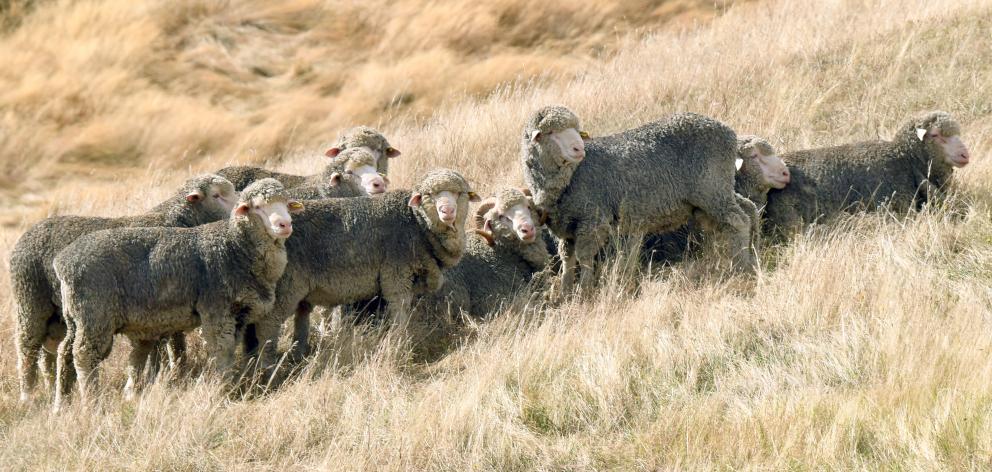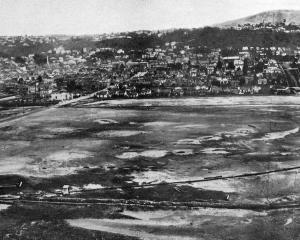
A Niwa spokesman said regions experiencing significant soil moisture deficits were deemed hot spots, and persistent hot-spot regions had the potential to develop into drought.
Over the past week, rainfall amounts of 30mm-100mm were observed on the West Coast, but elsewhere in the South Island rainfall amounts were minimal — generally less than 10mm.
"This resulted in significant soil moisture decreases in nearly all of the South Island except for the West Coast, where changes were minimal.
"The driest soils across the South Island, when compared to normal for this time of the year, are found in parts of Marlborough, Nelson, eastern Tasman and Western Southland, while the wettest soils for this time of the year are found along the immediate western coast."
Hot spots were now located in Greater Nelson, Marlborough Sounds, far northern Canterbury, parts of coastal South Canterbury and Western Southland, he said.
"As of December 18, the New Zealand Drought Index (NZDI) map shows that abnormally dry conditions are currently found in parts of Tasman, Nelson, Marlborough, North Canterbury, Banks Peninsula, South Canterbury, Otago, coastal Southland and Stewart Island.
"Very dry conditions are now located in parts of these same regions as well."
Through to late January, the rainfall scenarios favoured drier or much drier than normal conditions in the upper and eastern North Island and lower South Island, he said.












